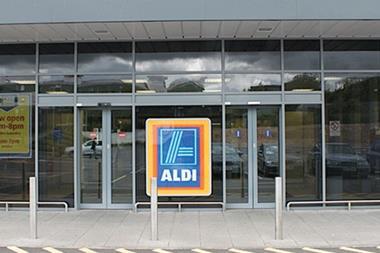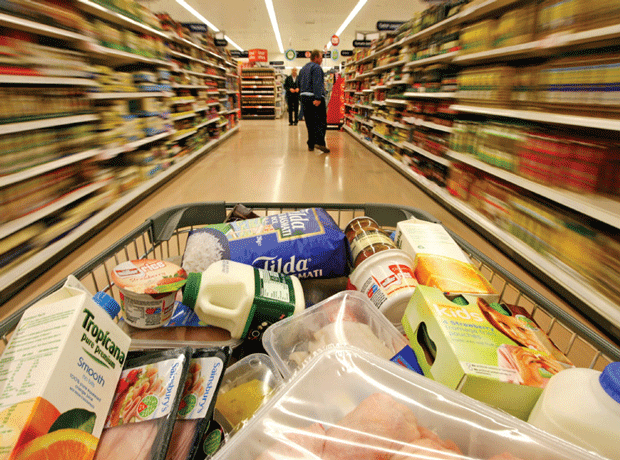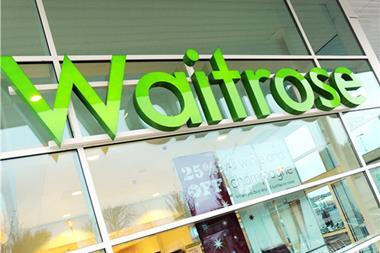Discounters are now growing at a faster rate than supermarkets and convenience stores, according to analysis of store openings over the last five years.
The Local Data Company (LDC) research found that the five-year compound annual growth rate (CAGR) of the discounters (8.2%) has now exceeded that of convenience stores (7.6%) and supermarkets (6.0%). The discounters analysed were Aldi, Lidl, Iceland, 99p stores, Poundland, Poundstretcher, Poundworld, Home Bargains, B&M Bargains and Farmfoods.
However, the figures for 2015 to data show that supermarket openings have dropped to 2.2% - down from a peak of 15.3% in 2012 - while the CAGR for c-stores is 4.0%, down from 17.3% in 2011. Discounters are growing at 5.6% so far this year.
Analysis of the big four supermarket groups over the last five years shows significant growth across all formats, with Tesco showing the greatest increase by store numbers at 1,104 and Asda showing the greatest percentage increase at 77.3%.
Independent c-stores have grown at 5.3% over the last five years, according to the research, with 141 new independents in the first six months of 2015. In the last two years supermarket fascia c-stores have grown at 6.7%, compared to independent c-stores at 2.5%.
The data suggest an oversupply of convenience stores in the UK, given 200 towns saw more closures than openings in the last 12 months. Scotland and the South East saw the most closures, losing 46 stores each.
Matthew Hopkinson, director at the LDC, said the research showed clearly why the supermarket operators were struggling.
“This comes not only as a result of deflation and subdued consumer spend but also a massive increase in competition both from outside but also within.
“This is illustrated by the fact that the big four supermarkets opened over 500 new stores since 2011 and whilst doing this also opened nearly 2,000 convenience stores,” he added.
“This growth has significantly increased operating costs in property alone before considering logistical implications and the cost of developing and delivering online grocery sales. At the same time as this the discounters have increased their store numbers by nearly 1,400 and have a serious alternative to the big four supermarkets both on price and offer.”
He said the numbers were reminiscent of a “car crash in slow motion”, given the major oversupply in space for the big four.



















1 Readers' comment